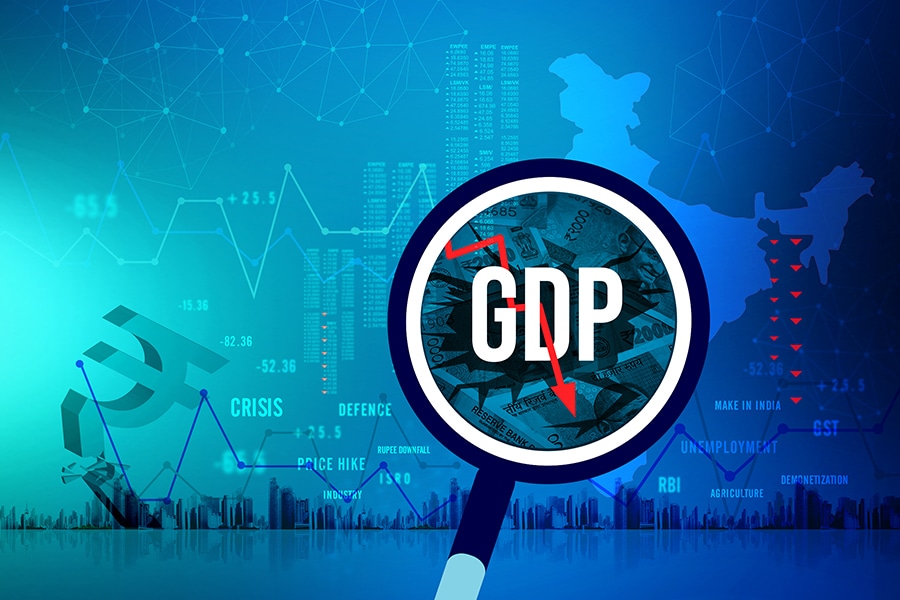
India's GDP collapses 23.9 percent, worst contraction on record
India's first quarter performance is also the worst among any G-20 nation on account of a nationwide lockdown
 Image: Shutterstock
Image: Shutterstock
GDP numbers for the June quarter showed growth had contracted 23.9 percent as a nationwide lockdown to slow the spread of the Covid-19 pandemic took its toll on manufacturing and services activity. The keenly awaited numbers pointed to a slow recovery as the number of cases has risen every week since the pandemic began.
The numbers are the worst among G20 nations and came after March quarter numbers, which at 3.1 percent, were the worst in eight years. Among the G20 nations, the United Kingdom so far had the largest decline with growth, declining 21.7 percent in the June quarter.
With inflation numbers for April and May still tentative on account of insufficient data, it is likely that the GDP deflator would be revised, resulting in growth numbers moving further downwards.

The biggest declines were seen in manufacturing, construction and trade, according to data released by the National Statistical Office. They saw a decline of 39.3 percent, 50.3 percent and 47 percent respectively. Core sector numbers for July showed a decline of 9.6 percent pointing to continued weakness in manufacturing activity. “The recovery looks more measured than what we anticipated three months ago. We expect a full year contraction of eight percent,” said Rahul Bajoria, chief India economist, Barclays. Agriculture registered a growth of 3.4 percent as the lockdown excluding activities related to farming and allied activities.








